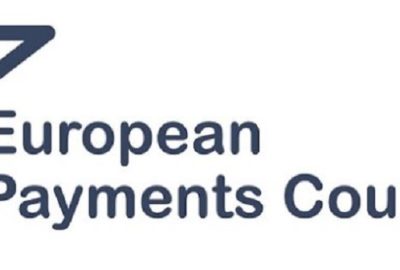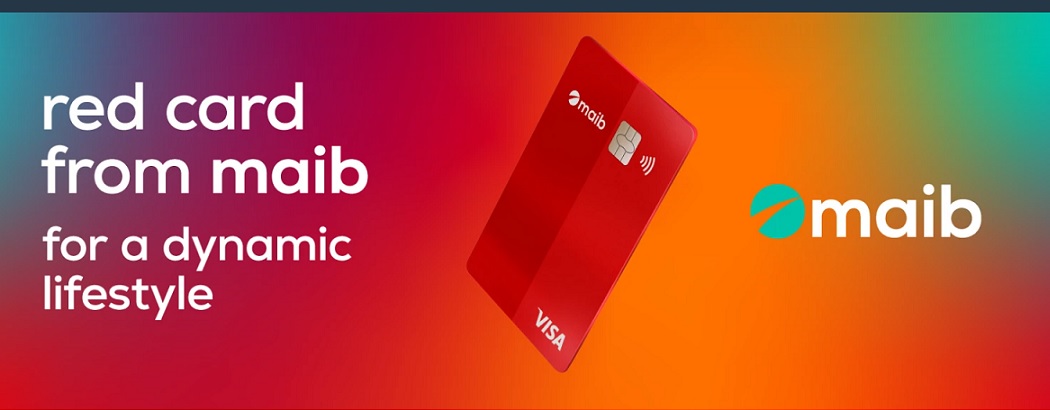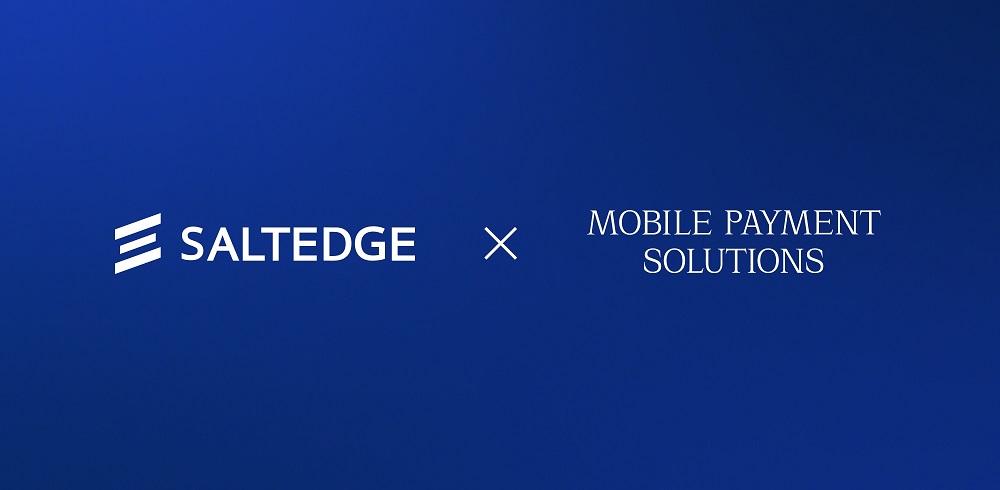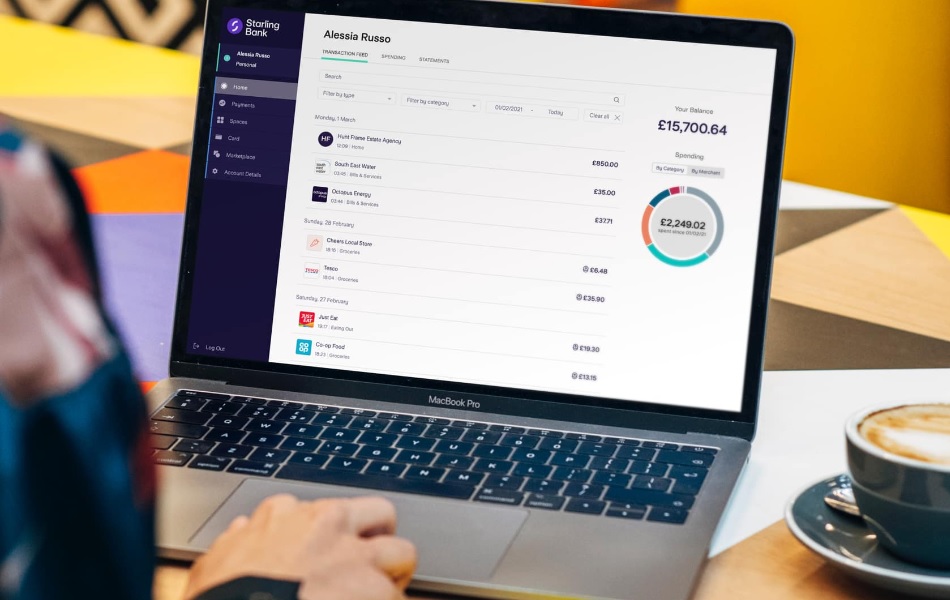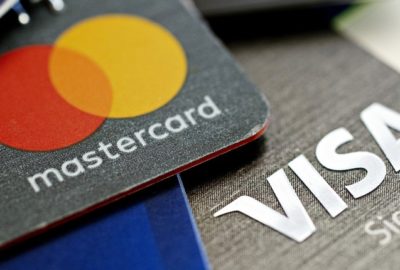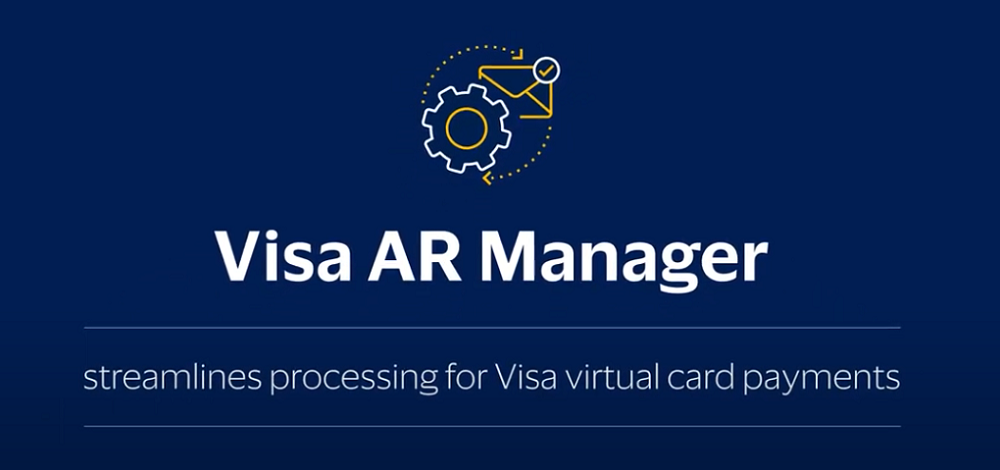Prepaid card market set for exponential growth
 July 13th, 2010 – The total value of the branded prepaid card opportunity in the United States is expected to surpass $440 billion by 2017, nearly quadrupling its estimated value of $120.2 billion in 2009, while the European prepaid card market is expected to see an average annual increase of 26% between now and 2017, according to independent research conducted by Boston Consulting Group (BCG) and commissioned by MasterCard Worldwide.
July 13th, 2010 – The total value of the branded prepaid card opportunity in the United States is expected to surpass $440 billion by 2017, nearly quadrupling its estimated value of $120.2 billion in 2009, while the European prepaid card market is expected to see an average annual increase of 26% between now and 2017, according to independent research conducted by Boston Consulting Group (BCG) and commissioned by MasterCard Worldwide.
According to BCG’s Prepaid Market Sizing Report, the aggregate value of funds loaded on to open loop prepaid cards in Europe is expected to reach $156bn (€127bn) by 2017, up from the $22bn (€18bn) the market is worth currently.
The Prepaid Market Sizing Report, prepared by BCG, indicates that future branded prepaid growth will be driven primarily by increases in the public sector and corporate payroll segments. The healthcare and general use branded prepaid segments will also continue to see steady expansion.
„As the study findings demonstrate, there’s significant growth potential for prepaid in the U.S. and MasterCard is committed to aggressively resourcing the opportunity to expand our prepaid footprint both in the U.S. and worldwide,” said Laura Kelly, Group Executive, Global Prepaid Solutions, MasterCard Worldwide.
U.S. Remains Branded Prepaid Segment Leader
The United States will continue to play a lead role in the expansion of prepaid around the globe. By 2017, it is projected that the United States will hold approximately 53 percent of the global branded segment, making its share more than double the next six leading markets, including India, the UK, Mexico, Italy, Middle East and Brazil. Combined, these markets will hold approximately 25 percent of the branded prepaid market. And while the U.S. will remain the branded leader, Brazil is expected to expand substantially, growing from just $1.7 billion in 2009, to more than $17 billion in 2017.
„The Prepaid Market Sizing Report provides a holistic view of the prepaid segment around the globe. It looks at the prepaid segment in 46 countries across six continents, and includes vertical-specific information for nearly 20 verticals,” said David Bronstein, Partner and Managing Director, BCG. „Through this research, we found that the U.S. prepaid segment is poised for significant growth over the next several years, and that there’s an opportunity for innovative organizations to meet new segment needs with the right mix of products and solutions.”
Public and Corporate Sectors Drive U.S. Branded Growth
As the prepaid segment continues to evolve, public and corporate sectors will drive significant prepaid growth in the U.S. According to the Prepaid Market Sizing Report, the public sector will more than quadruple in overall segment value by 2017, growing from $31.7 billion in 2009 to $163 billion by 2017. The corporate sector, driven primarily by payroll, will also play a key role in branded expansion. In 2009, branded prepaid payroll was valued at $25.6 billion. By 2017, BCG estimates it will reach $99.6 billion.
Additional growth sectors include healthcare and general use branded prepaid. Healthcare is anticipated to grow from $15.3 billion in 2009, to more than $52 billion by 2017, while general use is anticipated to more than double, reaching nearly $50 billion by 2017.
UK set to remain the largest prepaid market in Europe
The study forecasts that the UK will remain the largest market for prepaid cards in Europe, accounting for 25 per cent of the entire European market by 2017. Italy is expected to account for 20 per cent of the market.
According to the research, however, it is the less economically developed, cash based prepaid markets within Europe that will see the highest rates of growth between now and 2017, as they increasingly adopt prepaid as a method of payment.
For example, the value of the Nordic prepaid market is expected to increase by an average of 44 per cent annually to reach $9.3bn (€7.5bn) and the Central and Eastern European region by 42 per cent each year to reach $10.1bn (€8.2bn).
Matthew Lanford, Head of Prepaid Europe, MasterCard Europe, commented: „This research highlights that those European economies which are currently largely cash based offer the greatest growth potential for Prepaid, particularly as European Commission legislators are moving to drive members’ economies away from a dependency on cash.”
Growth in prepaid is increasingly being driven by Government spend
According to the study, the adoption of prepaid by governments in Europe is a key driver in boosting the size of the prepaid market. Government spending on prepaid will remain a strong vertical market in Europe and is set to reach $43bn (€35bn) by 2017. $18bn (€15bn) of this spend is expected to stem from the UK public sector.
According to the study, governments throughout Europe will increasingly use prepaid to distribute state benefits and salaries and for the payment of expenses, particularly in UK, Italy and Russia. The research finds that the use of prepaid by public sector entities in Italy is expected to reach $5bn (€4bn), up from $0.4bn (€0.3bn).
Matthew Lanford continued: „Governments in Europe are now embracing prepaid which has a proven global track record of improving financial and operational efficiencies.”
More and more corporates are adopting Prepaid to cover their payment needs
The research also finds the roll out of prepaid by corporates growing rapidly during the period to 2017, influenced by the trend for prepaid cards to replace existing lunch voucher programmes. This voucher market is expected to grow by 28 per cent annually, to reach $8bn (€6.5bn) as a result of far greater take up in Italy and the introduction of lunch vouchers in the Benelux region.
This is projected to be part of a wider trend for employers to increasingly adopt prepaid to pay salaries and to cover their employees’ travel and general expenses. This market is expected to be worth $15bn (€12bn) across Europe by 2017.
For example, the use of prepaid as a means if paying salaries will increase by 36 per cent each year to reach $12bn (€9bn), primarily driven by take up by UK and Italian organisations. Organisations within the CEE region, including Poland, are expected also to increasingly adopt prepaid payroll systems.
International travel a key growth area for Prepaid
While the use of prepaid for corporate travel is expected to see modest growth between now and 2017, the adoption of prepaid as a consumer travel solution is set to leap by 27 per cent each year throughout Europe from $4bn (€3.3bn) to reach $35.3bn (€29bn).
This growth will be driven primarily by the UK, France, Germany and Scandinavia as consumers become more aware they have yet another option with prepaid, in addition to credit and debit, for international travel. These include giving holidaymakers greater control over how they manage their money and offering them a safer and more convenient way of funding their holiday than via cash or travellers cheques.
About the Prepaid Market Sizing Report
The Prepaid Market Sizing Report was conducted by Boston Consulting Group (BCG) and commissioned by MasterCard Worldwide. The study included an examination of branded, closed-loop and semi-branded prepaid product categories to evaluate segment size as of 2009, and estimate growth potential through 2017. The report analyzed data from 46 countries across six continents, and 18 verticals in each country. The Prepaid Market Sizing Report was formerly conducted in 2008 with projections for 2015 and has been updated to include information for 2009 with projections through 2017.
Dariusz Mazurkiewicz – CEO at BLIK Polish Payment Standard
Banking 4.0 – „how was the experience for you”
„To be honest I think that Sinaia, your conference, is much better then Davos.”
Many more interesting quotes in the video below:
